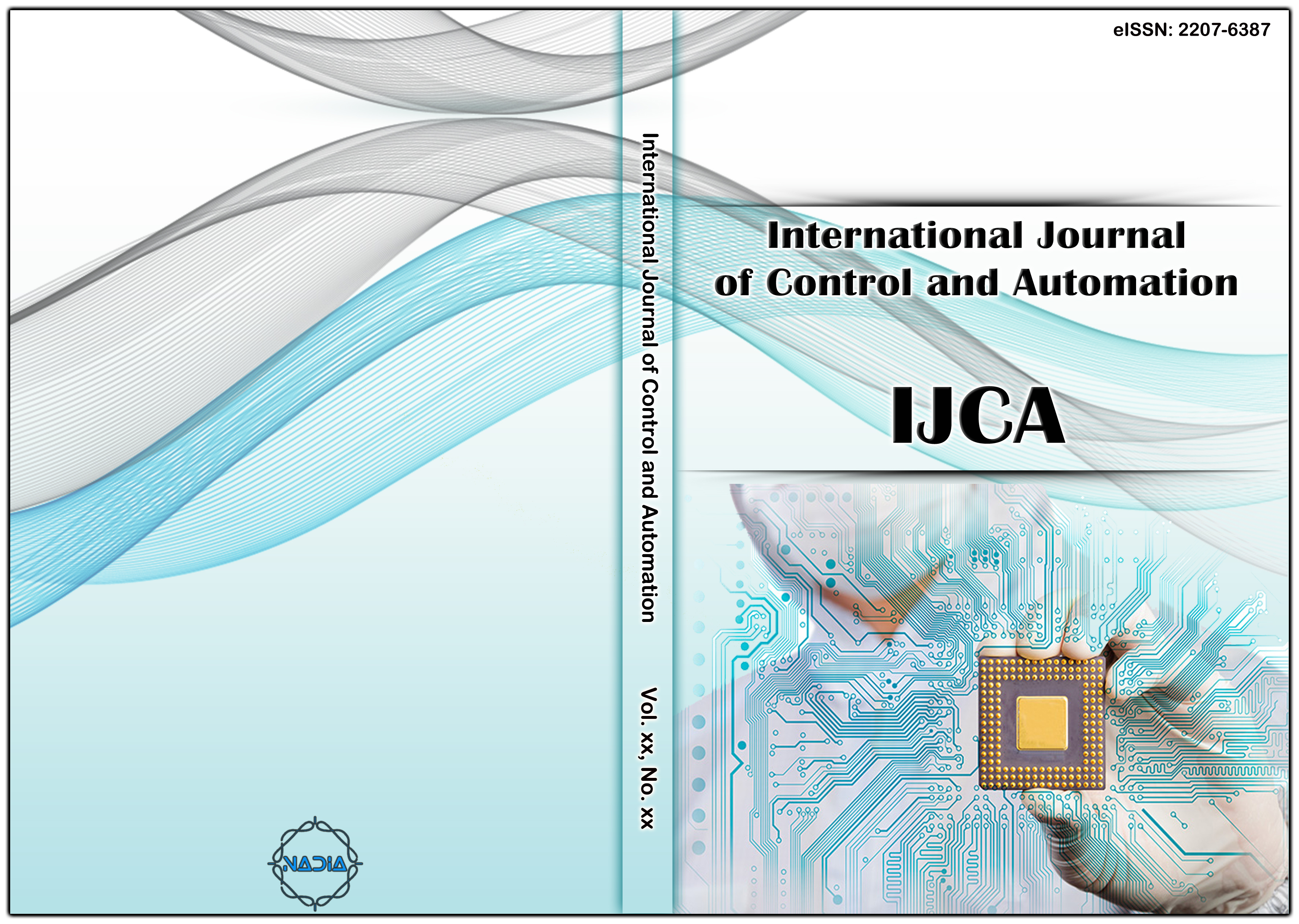[1] "Law of the Republic of Indonesia Number: 2 Year 2017 on Construction Service", (2017).
[2] Abdullah, Z., et al., "Mining significant association rules from educational data using critical relative support approach", Procedia-Social and Behavioral Sciences, 28, (2011): 97-101.
[3] Dutt, A., M.A. Ismail, and T. Herawan, "A Systematic Review on Educational Data Mining", IEEE Access, (2017).
[4] Aghabozorgi, S., et al., "An approachable analytical study on big educational data mining", International Conference on Computational Science and Its Applications, (2014): 721-737.
[5] Suhirman, S., et al., "Data Mining for Education Decision Support: A Review", International Journal of Emerging Technologies in Learning (iJET), 9(6), (2014): 4-19.
[6] Hadfield, D., "Professional certification", American Music Teacher, (2004): 54-57.
[7] Yue, C.S., "Free Flow of Skilled Labor in the ASEAN Economic Community", Toward A Competitive ASEAN Single Market: Sectoral Analysis, (2011): 205.
[8] Butova, Y., "The history of development of competency-based education", European Scientific Journal, (2015).
[9] Blázquez, M., A. Herrarte, and R. Llorente-Heras, "Competencies, occupational status, and earnings among European university graduates", Economics of Education Review, 62, (2018): 16-34.
[10] Ghaderi, I., et al., "Technical skills assessment toolbox: a review using the unitary framework of validity", Annals of surgery, 261(2), (2015): 251-262.
[11] Slamet, P., "Pengembangan SMK Model untuk Masa Depan", Jurnal Cakrawala Pendidikan, 5(1), (2013).
[12] Mansfield, B. and J. Burke, "Competence and standards", Competency based education and training, (1989): 26-38.
[13] Pavlin, S. Ivan Svetlik, and R. Leoni, "Graduate employability and the development of competencies. The incomplete reform of the “Bologna Process”", International Journal of Manpower, 35(4), (2014): 448-469.
[14] Belanger, C.H. and J. Mount, "Prior learning assessment and recognition (PLAR) in Canadian universities", Canadian Journal of Higher Education, 28(2/3), (1998): 99-119.
[15] Chino, N., "Certification and measuring competency in Japan, South Korea, and the Philippines", Archives of physical medicine and rehabilitation, 81(9), (2000): 1248-1249.
[16] Linn, R.L., "Assessments and accountability", Educational researcher, 29(2), (2000): 4-16.
[17] Embo, M., et al., "Integrating learning assessment and supervision in a competency framework for clinical workplace education", Nurse education today, 35(2), (2015): 341-346.
[18] Brockmann, M., L. Clarke and C. Winch, "Knowledge, skills, competence: European divergences in vocational education and training (VET)—the English, German and Dutch cases", Oxford review of education, 34(5), (2008): 547-567.
[19] Baard, S.K., T.A. Rench, and S.W. Kozlowski, "Performance adaptation a theoretical integration and review", Journal of Management, (2013): 0149206313488210.
[20] Krathwohl, David R., and Lorin W. Anderson, "A taxonomy for learning, teaching, and assessing: A revision of Bloom's taxonomy of educational objectives", Longman, (2009).
[21] Baker, E.L. and H.F. O'Neil Jr, "Performance assessment and equity: A view from the USA", Assessment in Education: principles, policy & practice,(1994). 1(1): p. 11-26.
[22] Zlatkin‐Troitschanskaia, O. and H.A. Pant, "Measurement Advances and Challenges in Competency Assessment in Higher Education", Journal of Educational Measurement, 53(3), (2016): 253-264.
[23] Williams, C., "The discursive construction of the ‘competent’learner-worker: from key competencies to ‘employability skills’1", Studies in Continuing Education, 27(1), (2005): 33-49.
[24] Bartram, D. and R.A. Roe, "Definition and Assessment of Competences in the Context of the European Diploma in Psychology", European psychologist, 10(2), (2005): 93.
[25] Bok, H.G., et al., "Programmatic assessment of competency-based workplace learning: when theory meets practice", BMC medical education, 13(1), (2013): 1.
[26] Sureda-Demeulemeester, E., C. Ramis-Palmer, and A. Sesé-Abad, "The assessment of medical competencies", Revista Clínica Española (English Edition), (2017).
[27] Rachlin, S., et al., "Continuous certification within residency: an educational model", Academic radiology, 22(10), (2015): 1294-1298.
[28] "ASEAN Qualification Reference Framework Endorsed by the ASEAN Economic Ministers in August 2014; the ASEAN Education Ministers in September 2014; and the ASEAN Labour Ministers through Ad-referendum from November 2014 to May 2015", (2015).
[29] Stefanidis, D., et al., "Simulation in surgery: what's needed next?", Annals of surgery, 261(5), (2015): 846-853.
[30] Adeli, Hojjat, "Expert systems in construction and structural engineering", CRC Press, (1988).
[31] Ličen, S. and N. Plazar, "Identification of nursing competency assessment tools as possibility of their use in nursing education in Slovenia—A systematic literature review", Nurse education today, 35(4), (2015): 602-608.
[32] Ghoddousi and, P., et al., "Implementing the international benchmarking labour productivity theoretical model: The case of Iranian construction projects", Benchmarking: An International Journal, 21(6), (2014): 1041-1061.
[33] Zirkel, S., J.A. Garcia, and M.C. Murphy, "Experience-sampling research methods and their potential for education research", Educational Researcher, 44(1), (2015): 7-16.
[34] Ajzen, I. and M. Fishbein, "Attitude-behavior relations: A theoretical analysis and review of empirical research", Psychological bulletin, 84(5), (1977): 888.
[35] Sedlack, R.E., W.J. Coyle, and A.R. Group, "Assessment of competency in endoscopy: establishing and validating generalizable competency benchmarks for colonoscopy", Gastrointestinal endoscopy, 83(3), (2016): 516-523. e1.
[36] McClarty, K.L. and M.N. Gaertner, "Measuring Mastery: Best Practices for Assessment in Competency-Based Education. AEI Series on Competency-Based Higher Education", American Enterprise Institute for Public Policy Research, (2015).
[37] Franklin, N. and P. Melville, "Competency assessment tools: An exploration of the pedagogical issues facing competency assessment for nurses in the clinical environment", Collegian, 22(1), (2015): 25-31.
[38] Hauer, K.E., et al., "Reviewing residents’ competence: A qualitative study of the role of clinical competency committees in performance assessment", Academic Medicine, 90(8), (2015): 1084-1092.
[39] Modi, J.N., P. Gupta, and T. Singh, "Competency-based medical education, entrustment and assessment", Indian pediatrics, 52(5), (2015): 413-420.
[40] Byrne, M., et al., "The professional portfolio: an evidence-based assessment method", The Journal of Continuing Education in Nursing, 40(12), (2009): 545-552.
